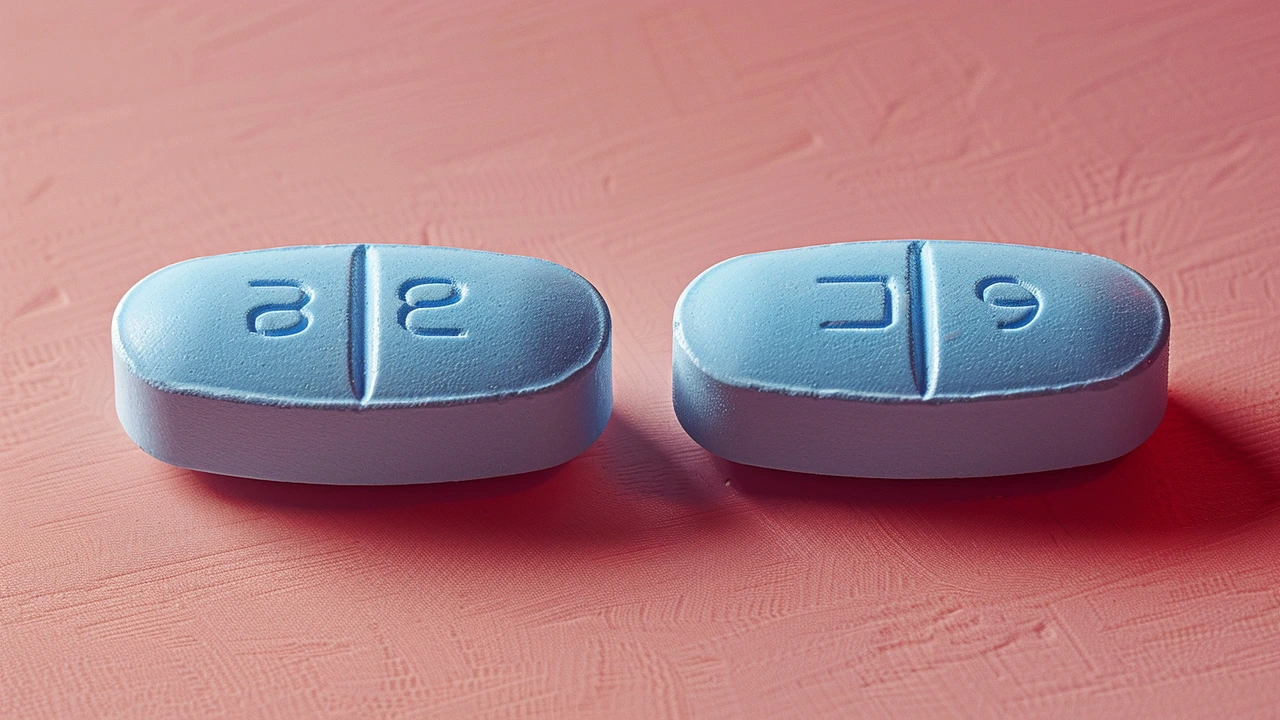Flagyl Oral (Metronidazole): What It Treats and How to Use It Safely
Flagyl (metronidazole) is a common oral antibiotic used for specific bacterial and protozoal infections. You’ll see it for things like bacterial vaginosis, trichomoniasis, giardiasis, and certain dental or abdominal infections. It fights organisms that don’t respond to typical penicillins, so it’s chosen when those bugs are the problem.
How it works: metronidazole damages the DNA of the microbes, which stops them from reproducing. That makes it effective for the infections above—but it won’t help with colds, flu, or typical viral illnesses.
Typical doses and course length
Dosing depends on the infection. Common regimens include 500 mg twice daily for many bacterial infections for 7–10 days, or a single 2 g dose for trichomoniasis in some cases. For giardiasis, schedules like 250–500 mg two or three times daily for 5–7 days are used. Your doctor will pick the right dose and length based on what you have. Don’t change dose or stop early without checking them first.
Note: guidelines have changed for some conditions (for example, C. difficile infection now often uses other drugs as first choice). Follow your clinician’s plan rather than assuming Flagyl is always best.
Side effects and safety tips
Most people tolerate Flagyl well. Expect possible nausea, a metallic taste, stomach upset, headache, or mild dizziness. Common but less serious problems include yeast infections after a course and temporary changes in bowel habits.
Important warnings: avoid alcohol while taking Flagyl and for 48 hours after your last dose — combining them can cause flushing, nausea, and a fast heartbeat. Prolonged or high-dose use can rarely cause nerve damage (tingling or numbness), so tell your doctor if you get those symptoms. Also mention pregnancy or breastfeeding to your prescriber; they’ll decide the safest option for you.
Drug interactions: metronidazole can raise the effect of blood thinners like warfarin, increasing bleeding risk. Always give your prescriber a full list of medicines, supplements, and herbal products you use.
Practical tips: take Flagyl with food to lower stomach upset, finish the full course, and store it at room temperature away from moisture. If you miss a dose, take it as soon as you remember unless it’s close to the next dose—don’t double up.
If you’re buying online, use a reputable pharmacy and make sure a prescription is required. Fake or expired meds can be ineffective or dangerous.
When to call a doctor: severe rash, difficulty breathing, persistent or worsening diarrhea, new numbness or weakness, yellowing of skin/eyes, or unexpected bleeding. If your symptoms don’t improve within a few days of starting treatment, check back with your clinician.
Want alternatives? For some infections, tinidazole or clindamycin may be appropriate. Your healthcare provider will suggest the best option based on the infection and your medical history.
Flagyl oral works well when used correctly. Keep your prescriber informed, follow dosing instructions, and watch for the side effects above to stay safe and get better faster.

Comprehensive Guide to Flagyl Oral: Benefits, Adverse Effects, and Usage Instructions
Flagyl Oral, or metronidazole, is a critical antimicrobial used to fight bacterial and parasitic infections. It's essential to understand its uses, side effects, and interactions for effective treatment. Learn more about how to optimize therapy and ensure patient safety.
